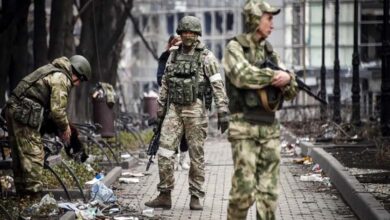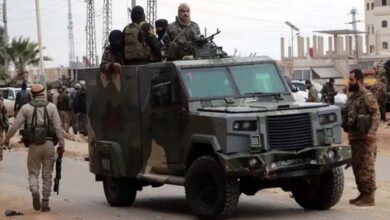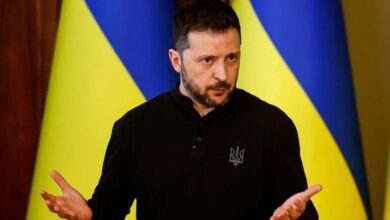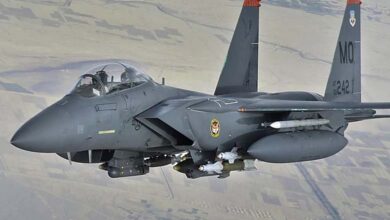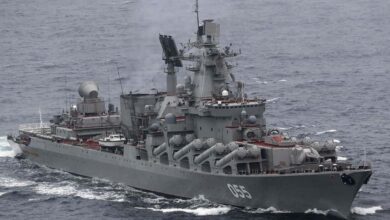Ukraine’s Patriot and Russian Sanctions: A Decisive U.S. Move or a Trial of Frontlines?
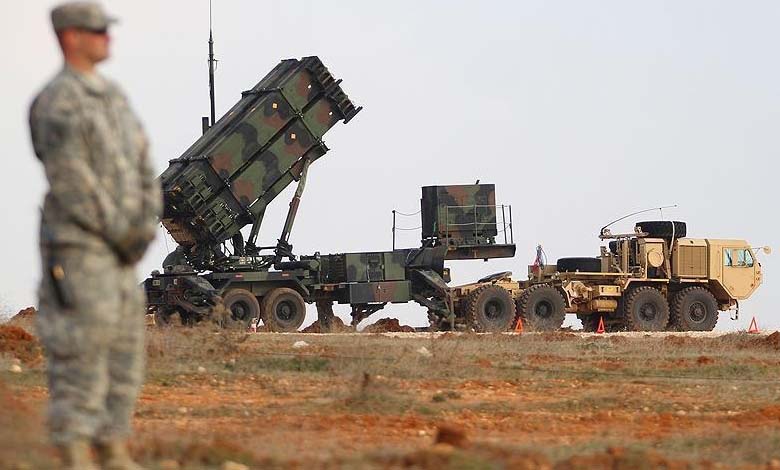
With Patriot system deployments and sanctions as weapons, U.S. President Donald Trump has reentered the forefront of the Russia–Ukraine conflict—a shift that raises significant questions.
Two days ago, Trump announced that the United States will send Patriot air defence systems to Ukraine to help repel Russian attacks.
On Monday, Trump gave Russia a 50-day deadline to end the war in Ukraine or face severe sanctions, while unveiling a plan to deliver massive U.S. arms supplies to Kyiv through NATO.
-
20,000 drones in six months: Drone factories fueling the war in Ukraine
-
Russia and Ukraine Conduct New Exchange of Prisoners of War
Implications of Trump’s Decision
According to the Wall Street Journal, this move “may provide the powerful boost Kyiv desperately needs in its war with Russia.” Yet the key question remains: how long will delivery take and in what quantities?
After months of engaging with Russian President Vladimir Putin in attempts to reach a peace agreement, Trump expressed regret during a White House news conference with NATO Secretary General Jens Stoltenberg, stating, “We thought we had almost struck a deal four times, but each time, the Russian president kept bombing Ukraine.”
-
Quantity and Precision: Missile Superiority Gives Russia the Edge Over Ukraine
-
The West and Peace in Ukraine: Conditions to Bridge the Gap Between Ground Realities and Negotiations
Analysts argue that the promised enhancements to Ukraine’s defenses will depend on rapidly introducing enough Patriot missiles, and on long-term Western production increases of interceptor rounds to shoot down drones and Russian ballistic missiles.
Celeste Wallander, a senior Pentagon official under President Biden, told the WSJ that “Russia’s tactic is to force Ukrainians to exhaust all their current air-defense stores, leaving them vulnerable in late summer or autumn.” She added, “If this is going to change Putin’s calculations, massive shipments must be made during the summer.”
-
One for One Thousand: Russia and Ukraine Conclude Their Largest Prisoner Exchange
-
War Consumes the Reserves: Ukraine Lures Gen Z with Cash and Perks
The newspaper notes that Trump’s decision is a “landmark moment,” marking “the first time the White House has approved arming Ukraine with more advanced weaponry than that shipped by President Biden before leaving office.”
A Test of Will
Beyond the threat of secondary sanctions if Putin persists, this move tests resolve between the two leaders, according to the WSJ. It also represents a significant shift for Trump—who previously described Putin as a “noble man” and hoped to coordinate with him on Ukraine and foreign policy matters.
-
Russia and Ukraine Between Fire and Negotiation: Missiles in the Sky and Exchanges on the Ground
-
The Soviet Monster S-200: Ukraine Reawakens Ghosts of the Past to Haunt Russia
Stoltenberg confirmed that the weapons bound for Kyiv will not be limited to air-defense systems like the Patriots, but will also include missiles and munitions for offensive operations against Russian forces.
Insiders say the arms package could be worth about $10 billion.
While U.S.–Russia trade is modest, the White House may choose to impose tariffs or sanctions on other nations importing Russian oil, which could deal a heavier blow to their already strained economies.
-
Drone Revolution: The Ukraine War Reshapes U.S. Military Priorities
-
For the First Time… Russia Reveals the Role of North Korean Soldiers in the Ukraine War
However, the U.S. and its allies’ capacity to provide Ukraine with air defense remains constrained not only by the high cost of Patriot systems but also by limited Western production capacity.
“50 Days Is Too Long”
Others argue that the 50-day deadline is far too long, considering Ukraine faces nightly attacks by around 700 drones, said Christine Pezena of Germany’s Marshall Center, quoted by the WSJ.
She noted that if Europe sends its existing Patriot missiles and the U.S. replenishes, it would be impactful. But if countries like Germany wait for newly procured Patriot systems before sending more, the aid will come too late.
-
Ukraine War: Kyiv Hints at Concessions in a Plan Full of Obstacles
-
Land for Temporary Peace: Will Ukraine Be Forced into a Painful Solution?
On X, German Chancellor Friedrich Merz confirmed to Trump that Germany “will play a decisive role” and will specify its contribution “promptly.”
Last year, Lockheed Martin produced 500 PAC-3 interceptor missiles for Patriots, with plans to increase production to 650 by 2027. A European alliance manufacturing the French-Italian SAMP/T interceptor missile represents only a fraction of that output.
To expedite Patriot deliveries, Germany and other European countries could draw from current inventories, later replacing those with U.S.-procured missiles.
-
Ukraine Settlement: Trump’s Plan Clashes with Kyiv’s Stubbornness and Moscow’s Missiles
-
197 Mutual Threats: Drone Swarms over Russia and Ukraine
Trump suggested this is part of his plan: Germany will send missiles “as early as possible,” and then be re-supplied.
Alternative Routes
Alternatively, purchasing Patriot systems and interceptors directly from production lines could take years. Trump could speed this up by prioritizing Ukraine, though this would delay deliveries to other U.S. allies.
It remains unclear whether Trump will intervene in the production schedule for interceptors. During his term, Biden accelerated deliveries of Patriot missiles to Ukraine.
-
Behind the Fronts: An Image Sparks a Symbolic War between Russia and Ukraine
-
Secret Document Reveals… What Does Russia Want from Ukraine?
Oversight of the Ukrainian armament process is expected to be led by General Christopher G. Cavoli, the supreme NATO commander in Europe and head of U.S. European Command.
Patriot is not the only U.S. system Ukraine can use for air defense—F‑16 air-to-air missiles like the AIM series can intercept drones and cruise missiles.
The U.S. Defense Department had suspended delivery of 90 such AIM missiles before Trump reinstated approval, along with 30 PAC-3 missiles.
Normally, more than one interceptor missile is needed to shoot down a single Russian missile. Russia currently targets Ukraine almost daily with Iskander-M or Kinzhal ballistic missiles, cruise missiles, and hundreds of drones.




